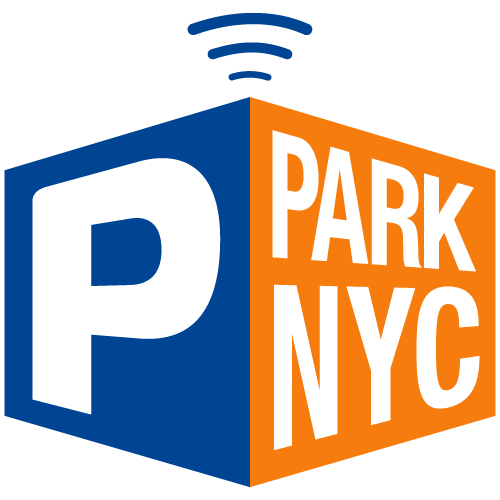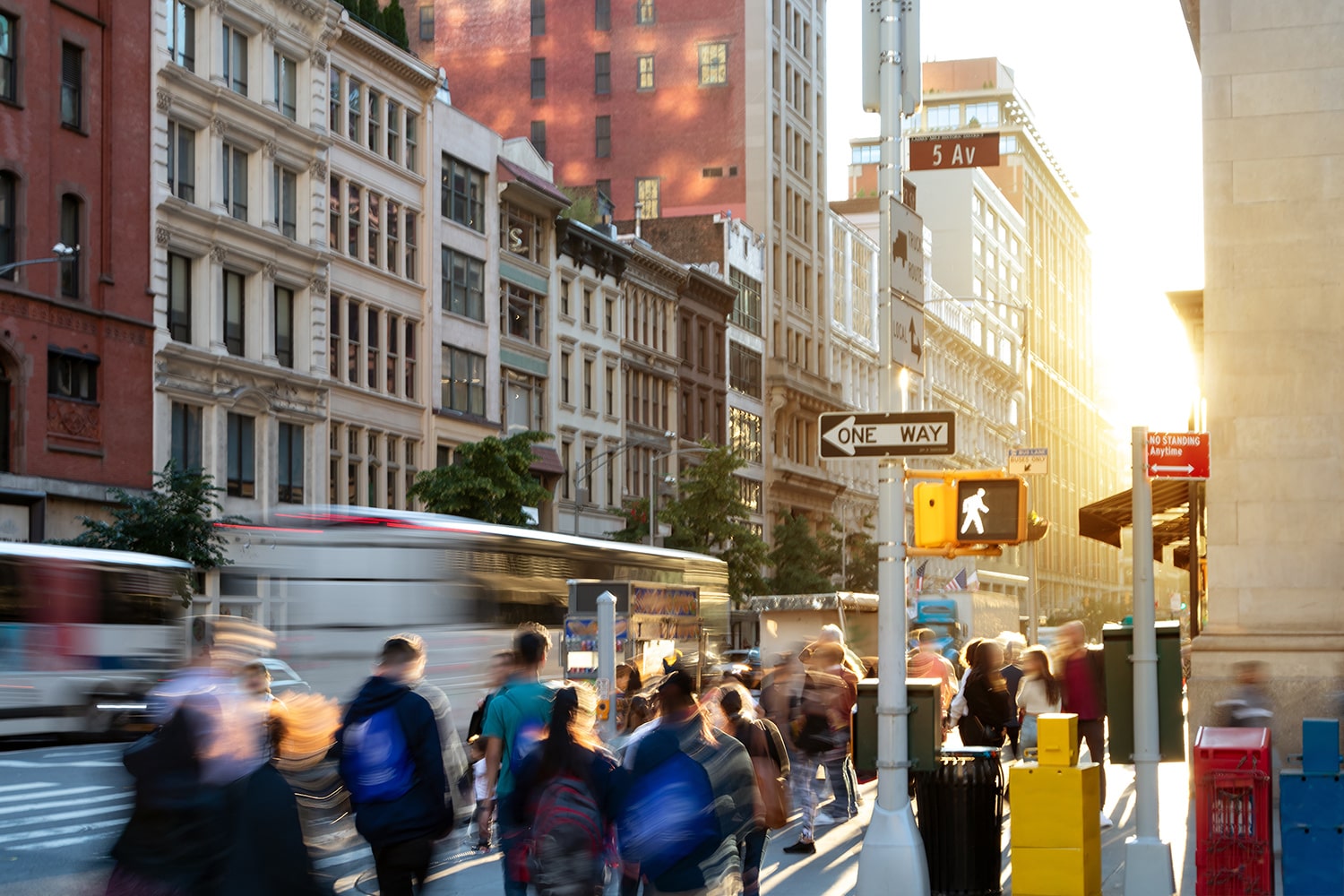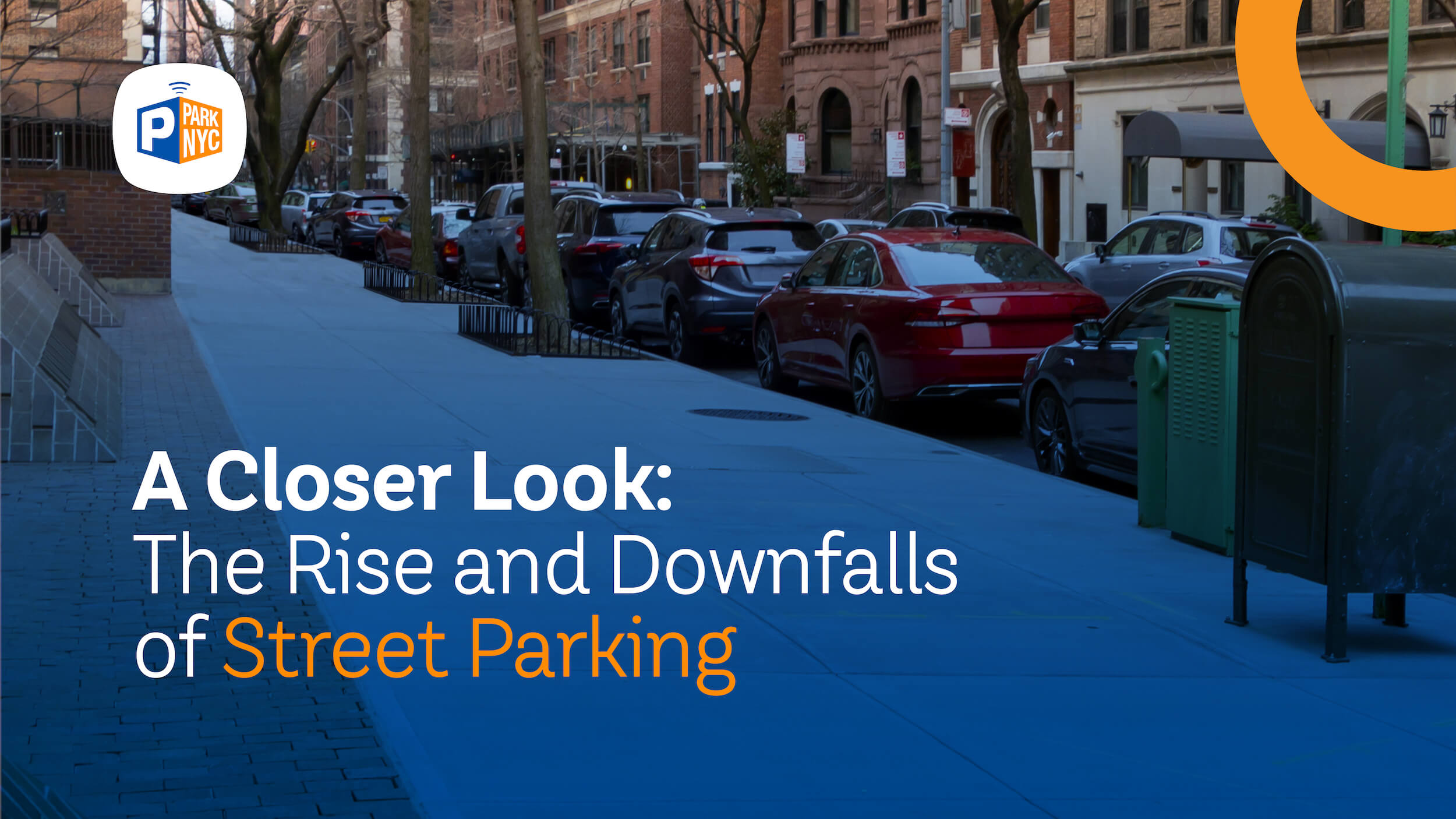
A Closer Look: The Rise and Downfalls of Street Parking
In New York City, street parking (and overnight parking in particular) hasn’t always been as common as it is today – in fact, NYC used to be geared more towards movement and pedestrians. Bans on permanent parking were in effect as early as the 1800s, and today, it is still illegal to park a car in the same spot for more than seven days in a row.

Mastering Holiday Travel: Essential Airport Hacks for a Stress-Free Journey
The holiday season is here, and with it comes the excitement of family gatherings, festive decorations, and delicious food. However, for many, it also brings the dreaded holiday travel chaos. Crowded airports, long security lines, and potential flight delays can turn a joyful journey into a stressful experience. But fear not; we’ve gathered a comprehensive list of airport hacks to help you quickly navigate the holiday travel madness. Flight Booking Strategies Take the Earlier Flight: The data is precise – the earlier you depart, the lower your chances of delays. Booking the earliest flight or changing to an earlier one can significantly improve your odds of arriving on time. Avoid Connections: While it might seem more cost-effective, connecting flights can double your chances of something going wrong. Opt for non-stop flights whenever possible. Monitor Your Reservation & Airline: Watch your flight closely for last-minute changes or delays. Utilize apps like Flighty or FlightAware to track your flight’s status. Also, stay informed about your airline’s performance in the days leading up to your trip to anticipate potential issues. Contact Your Airline: In case of delays or cancellations, rely on something other than in-person assistance at the airport. Call the airline’s customer

7 Ways to Safeguard Your Car in the Cold Season
Winter brings its own set of challenges for car owners. From icy roads to freezing temperatures, preparing your vehicle to ensure safety and reliability is crucial. Here’s a guide on how to care for your car during winter. Tire Maintenance Check Your Tire Tread: Inspect your tires for tread wear using the “Penny Test.” If you can see the top of Lincoln’s head on the penny when inserted into the tread, it’s time for new tires. Tire Pressure: Low tire pressure is a hazard in winter conditions. Regularly check and adjust the pressure. Consider Snow Tires: Snow tires can provide better traction in areas with heavy snow. Remember, they can reduce fuel efficiency, so use them only in harsh winter months. Winter Tires for Extreme Conditions: Dedicated winter tires on steel wheels are recommended for their particular tread patterns and rubber compounds for snowy and icy conditions. Monitor Tire Pressure: Tire pressure drops with the temperature. Regular checks are essential to avoid underinflation. Check essential fluids Oil and Antifreeze Change: Switch to a multi-viscosity oil with a “W” in the index, suitable for winter. Ensure your radiator’s antifreeze and water mixture are appropriate for freezing temperatures. Check for Leaks
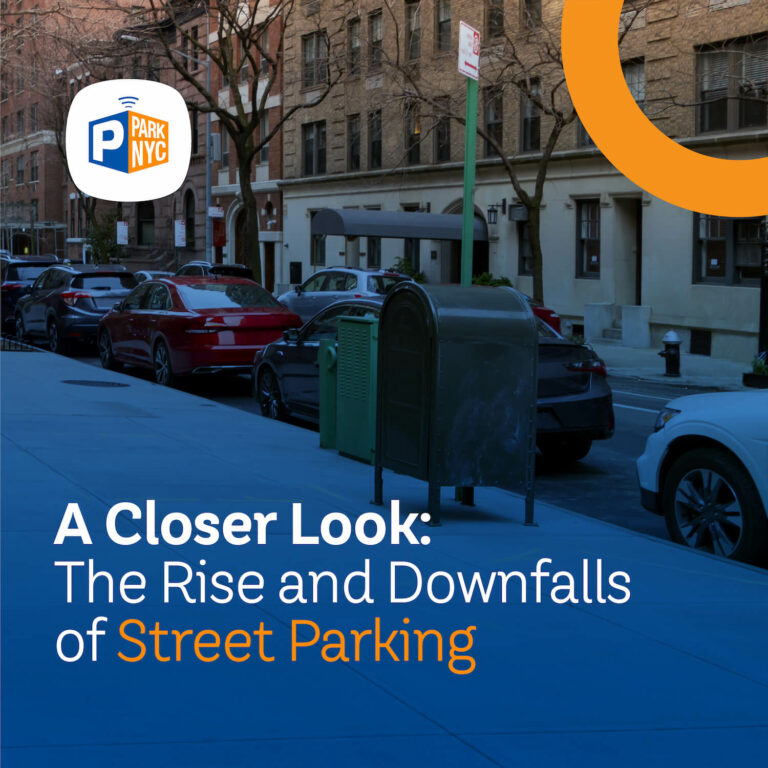
A Closer Look: The Rise and Downfalls of Street Parking
In New York City, street parking (and overnight parking in particular) hasn’t always been as common as it is today – in fact, NYC used to be geared more towards movement and pedestrians. Bans on permanent parking were in effect as early as the 1800s, and today, it is still illegal to park a car in the same spot for more than seven days in a row. Through the years, regulations became more car-oriented and by the 1930s, drivers were permitted to park for up to one hour, and three hours after midnight. Overnight parking still wasn’t allowed, as streets were designed for transportation – sidewalks were wider, pedestrian routes were the focus, and most streets were wide enough to have large, planted areas. The Case Against Overnight Parking In the mid-1900s, there were few defenders of overnight parking. Police argued that it encouraged loitering and theft. Fire departments complained that hydrants were often blocked. Business owners remarked that it slowed traffic. It also made the streets harder to clean. Through the years, however the city’s population grew, and parking demands increased. Not to mention, garages were not as common as they are today, so street parking was the primary solution.
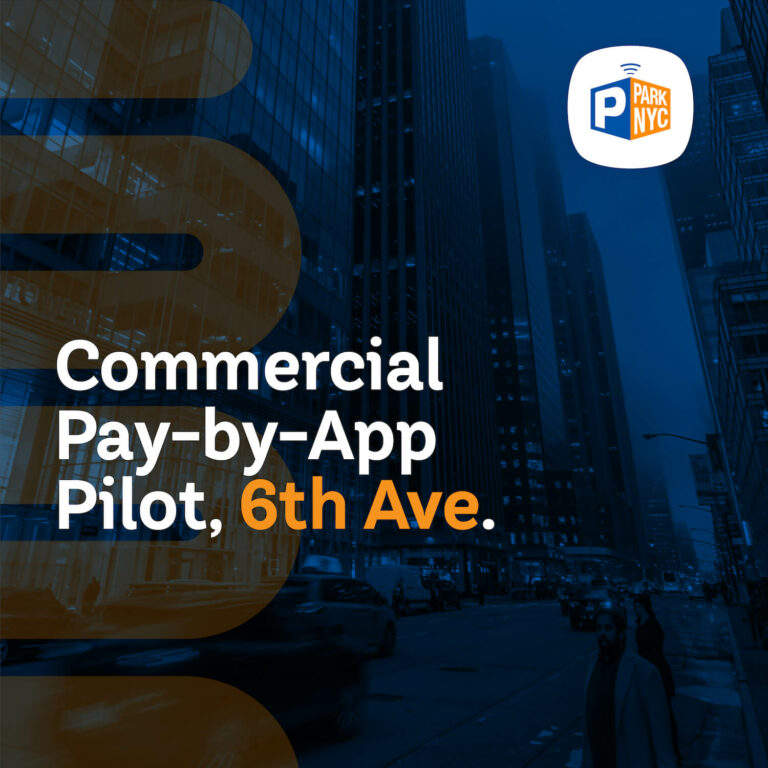
Commercial Pay-by-App Pilot, 6th Ave
The New York City Department of Transportation (NYCDOT) will launch a Pay-By-App Only Pilot program on August 28th, 2023 on 6th Avenue between 14th Street and 23rd Street. The pilot leverages the new ParkNYC app, which provides an enhanced platform for app-based parking payment. The redesigned ParkNYC app features an improved user experience and new and expanded user-friendly options, including both an e-Wallet and pay-per-transaction capabilities, as well as fleet management tools. The program will evaluate a “meterless” or Pay-by-App Only approach to payment in this area and is representative of the DOT’s commitment to innovative and new curb management strategies. As part of this pilot, commercial vehicles parking along this portion of 6th Avenue will be required to pay using the ParkNYC mobile parking payment app as all physical meters will be removed from 11 blockfaces. Unique signage will be posted notifying commercial vehicles of the Pay-By-App Only spaces. What you need to know: Individuals must pay for regulated parking using the ParkNYC app, NYC’s mobile app for metered parking payment. A pay-by-phone option will be available. Those wishing to pay by phone must first register on ParkNYCapp.com. After registering, call 800-428-4027 to pay by phone. Motorists who prefer
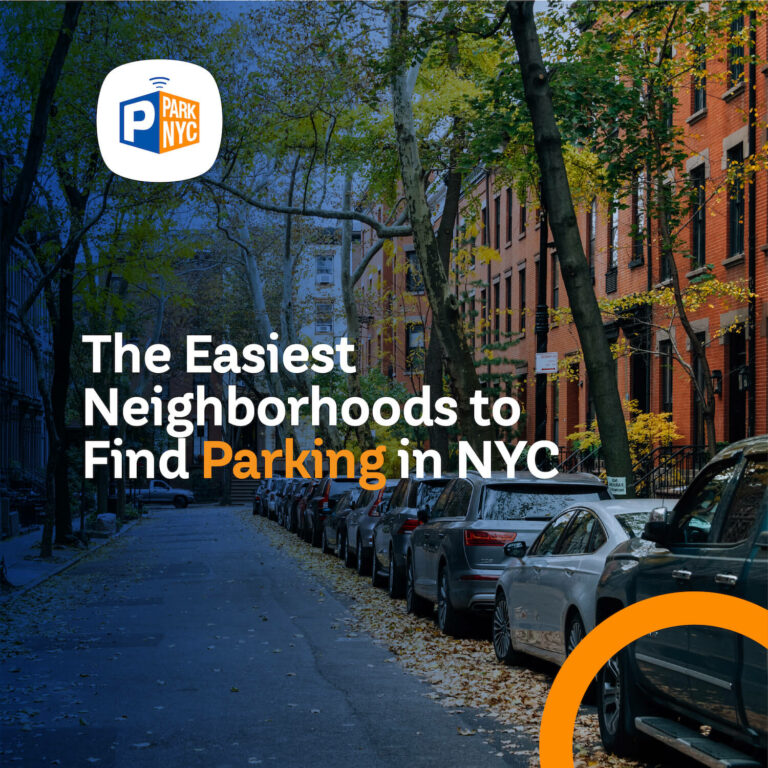
The Easiest Neighborhoods to Find Parking in NYC
New York is known for the Statue of Liberty, Broadway musicals, the best New York pizza–and the city where it can take hours of searching to find a parking spot. There is often high demand for street parking in Manhattan, particularly during rush hour, but there are a few neighborhoods with free or cheap parking if you know where to look. Here are some of the top Manhattan neighborhoods with a (mostly!) hassle-free parking experience: Roosevelt Island Did you know that Roosevelt Island has nearly 225 metered parking spaces, and parking garages that offer cheaper hourly parking than in Manhattan? It’s true–combine that with the fact that the island is easily accessible by public transportation. Roosevelt Island also discourages car ownership for locals which frees up street parking space. Central Harlem Central Harlem is a great option for finding numerous street parking spaces as well as parking garages. Parking costs, ranging from $2-5 for a couple of hours, is relatively easy due to the mix of good transit options and low car ownership rates (Localize.city). Metered street parking is available along most Harlem streets, including Harlem River Drive, Adam Clayton Powell Jr Drive, Frederick Douglas Boulevard, and others. Free street

Taking Care of Your Car During Floods in New York City
With its dense population and coastal location, New York City is no stranger to flooding, and climate change projections indicate that the frequency and severity of floods will only increase in the coming decades. As a car owner in this bustling metropolis, it’s essential to prepare for the risks of floodwaters. Taking care of your car during a flood can prevent costly repairs or even the total loss of your vehicle. Here are some tips for taking care of your car during and after the flood: 1. Safety first! Avoid flooded areas as much as possible. The most critical advice during a flood is to avoid flooded areas altogether. If you see water on the road, turn around and find an alternative route. Floodwaters can be deceiving and much more profound than they appear. According to the Centers for Disease Control and Prevention, most flood-related deaths occur when vehicles are driven into floodwaters. Do not risk your life and your car. 2. Flash Floods are a Serious Threat Flash floods are hazardous because of their speed and destructive power. They can occur within minutes of heavy rainfall and give little warning. Densely populated areas like New York City are at
